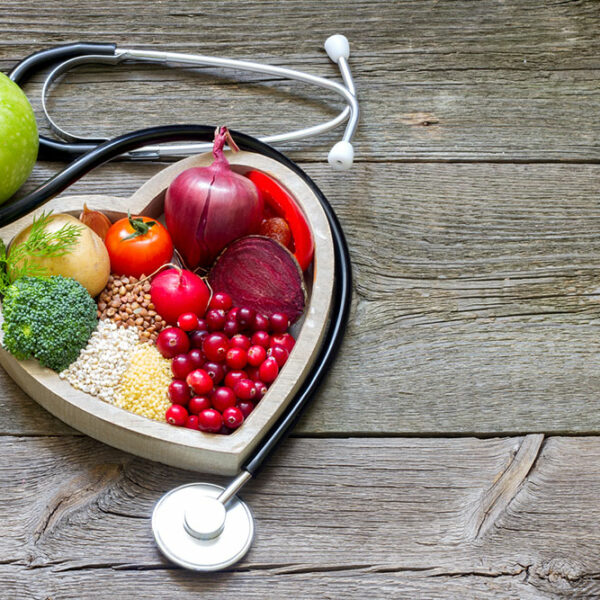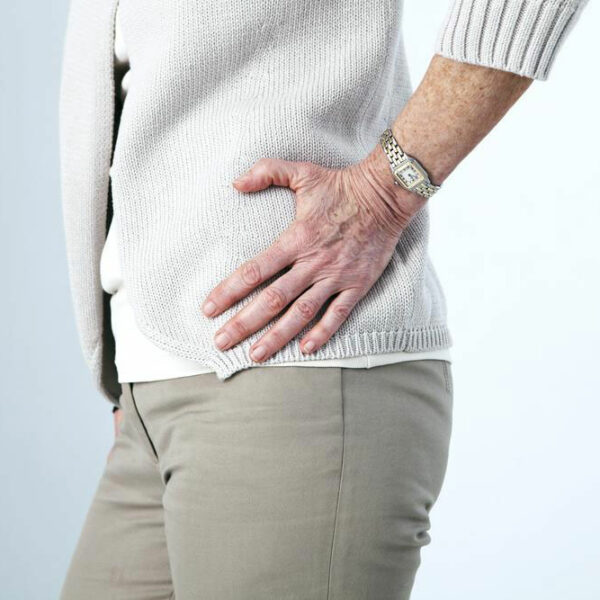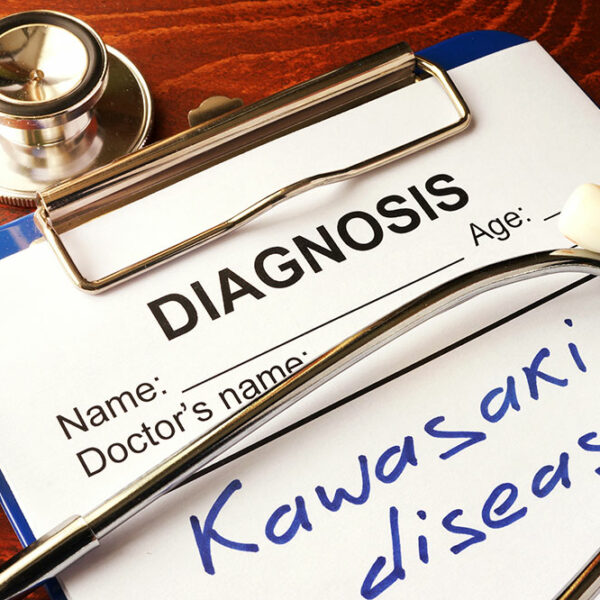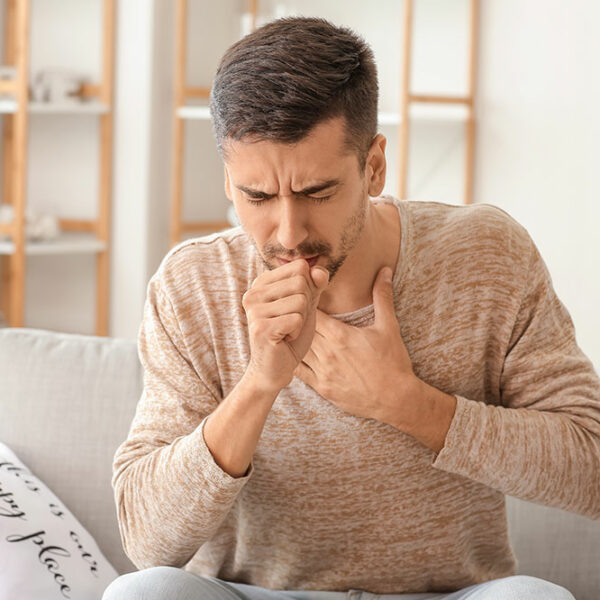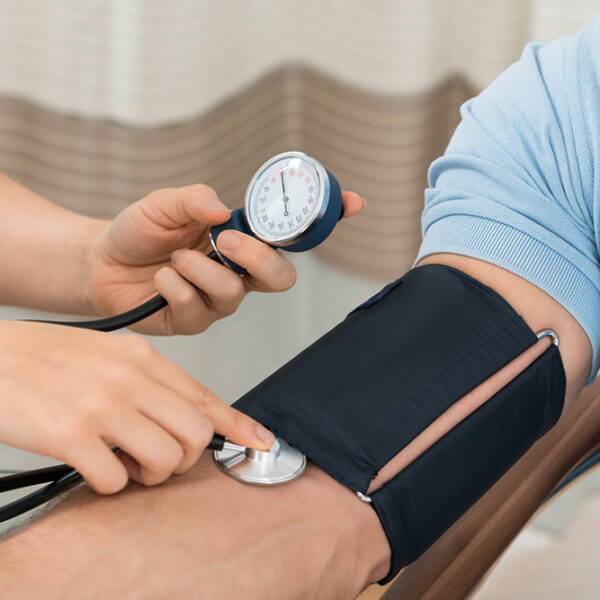
Understanding Blood Pressure Chart Readings
It is important to understand the blood pressure range and ideal blood pressure as per age to keep a track of your health. Your heart beats and pumps oxygen and blood to the organs. The pressure with which it pushes against the vessels is called blood pressure. High blood pressure can be an early sign of a major disease such as heart attack or stroke. It is very important to gain a basic understanding of a normal range of blood pressure. It also helps in taking preventive measures and keeping diseases at bay. Here is the blood pressure chart as per different ages, with readings that you can refer to. Everyone, between the age of 17 years and 60 years, as well as those who are above 60 years, should show the following readings if their pressure is normal: Low systolic – It should be less than 90 Low diastolic – It should be less than 60 Normal systolic – It should be less than 120 Normal diastolic – It should be less than 80 Elevated systolic – It should range between 120 and 129 Elevated diastolic – It should be less than 80 The blood pressure readings will naturally be a little different in the case of hypertension.

